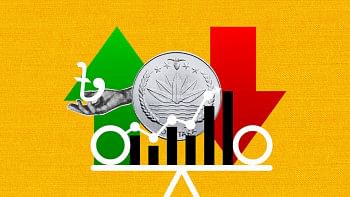<i>It's no sin to make a din</i>
When choosing a vuvuzela at the World Cup you put your money where your mouth is.
The ubiquitous plastic trumpet, embraced as an emblem of the World Cup by South Africans and visitors alike, sells for between 20 rand (2.6 dollars) for a simple Chinese import to 60 rand for a more contoured instrument, produced in South Africa.
"Our vuvuzelas have the purest sound and they are the easiest to blow. A two-year-old could play it," said Cape Town-based Neil van Schalkwyk, who developed the vuvuzela seven years ago and whose sales have grown from 500 a month to 50,000.
"Our vuvuzelas also have a much more comfortable mouth-piece. I think at the end of the World Cup we'll see a lot of people with cut, sore lips," he added.
Watching the horn sold everywhere from street corners to airport duty free shops and listening to the cacophony of vuvuzela blasts ringing out through the city, Van Schalkwyk, a plastics expert and mould maker, says he feels very proud.
With a background in toolmaking, the 37-year-old football fan watched people taking home-made tin horns to games in the 1990s and decided to try producing his own in plastic.
Van Schalkwyk initially named his horn the boogie-blaster, but fans dubbed it the vuvuzela -- which means 'pump' or 'lift up' -- and the fad was born.
Today the vuvuzela industry is worth 50 million rand (6.45 million dollars) in South Africa and Europe, he estimates. He declined to say how much he had made from his invention.

 For all latest news, follow The Daily Star's Google News channel.
For all latest news, follow The Daily Star's Google News channel. 



Comments